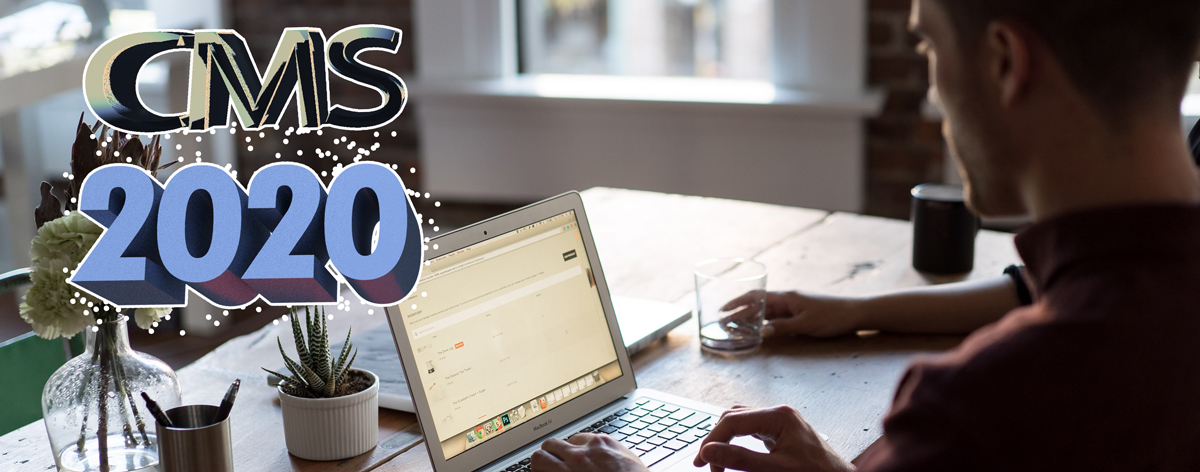The most popular CMS (Content Management Systems) are used to build up your website and manage the content with ease. For the content-based websites, it’s the best option to use a CMS. Custom-made websites developed with no solid maintenance budget may leave a huge print on your business operations in future, while using CMS can cut your costs significantly as the CMS nowadays are easily maintainable, and some are even free.
Three leading CMSs cope with more than 70% of all their usage on the web. Some niches like eCommerce are completely relying on them. Creative artists, eCommerce businesses, writers, startups, and many others have opted for CMSs instead of investing thousands of dollars into a personal content platform. The CMSs are already available, have the support, and gather around themselves huge communities.
In this list of the best content management systems, you can find the results of a study by some of the mainstream analytics platforms on the Internet, and they present enough variety for everyone to get a solution to their needs in particular.
WordPress

WordPress can be called an ultimate publishing platform for any needs: eCommerce, blogs, business, communities, and so on. It is both pleasant to browse and functional. Many startups and small businesses have switched to WordPress because of the reliability, security, design flexibility, and variety of available styles. WordPress offers literally thousands of free plugins for download, alongside more than 2,000 themes to choose from.
Shopify (eCommerce)

Shopify is one of the most recognizable eCommerce platforms that have been functioning long enough to gather a several million member community around itself. It helps to sell, trade and buy products, and is customizable to provide diversity for your shop. It works from any device and is focused on small businesses and freelancers.
Joomla!

Joomla needs a little bit of a challenge in terms of coding. It was built for large and medium sites and has a codebase that is more complicated than the one of WordPress but allows more back-end integration and scalability. It boasts features like native front-end content editing, is flexible as for content management, it integrates multiple languages and is more holistic.
Drupal

This content management tool goes deeper into the content management system architecture and is widely adapted to professional coding standards. Many webmasters, developers, and engineers are using it as the primary content management tool. With more than 30,000 extendable modules and more than 2,000 unique themes, it can help you to bring your site to a completely new level and build it the way you want it to be. The downside is that a lot of coding work needs to be done, as well as digging in the forums dedicated to Drupal.
Wix

Wix is among the top most popular website building solutions with millions of international users. It is not a standalone CMS in the meaning that you have a compromise with their service. It has many pros, however, you can’t decide on where to host your site. The setup procedure is much easier, but their services may become pricy when your business and traffic grows.
Magento (eCommerce)

Magento is used by many well-known companies like Nike and Gant, it offers an independent eCommerce solution in the eCommerce market. It doesn’t matter if you are looking for a small business solution in a no-tech environment, or you represent a corporation in need of a professional eCommerce solution, this platform can fulfill the needs of both and won’t disappoint them.
Blogger

Blogger has walked quite a long path and evolved a lot over the years, but it still has strong ties to its legacy as a blogging platform. But the developers can utilize it in many other ways besides blogging. Blogger sites can be used in more than one way, in recent years Blogger gained a lot more flexibility. The creatives, foodies, and photographers can get more room for constructing a content platform, adapting it to their needs. This platform is part of Google, offering various features like custom domains, customization options, and custom styles.

